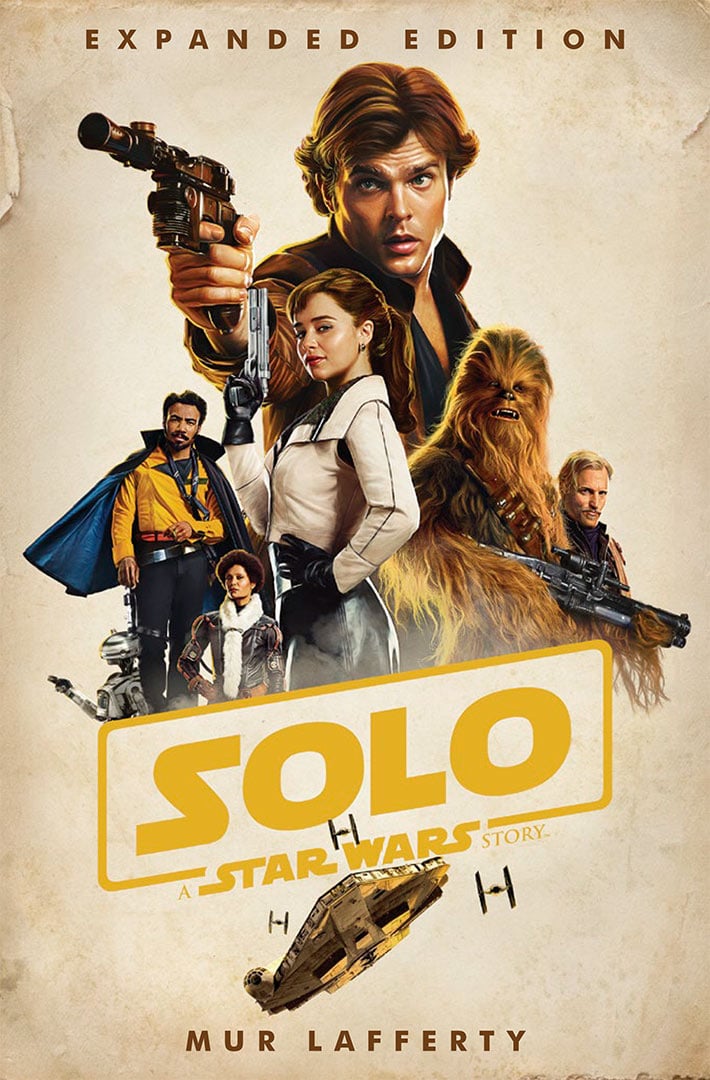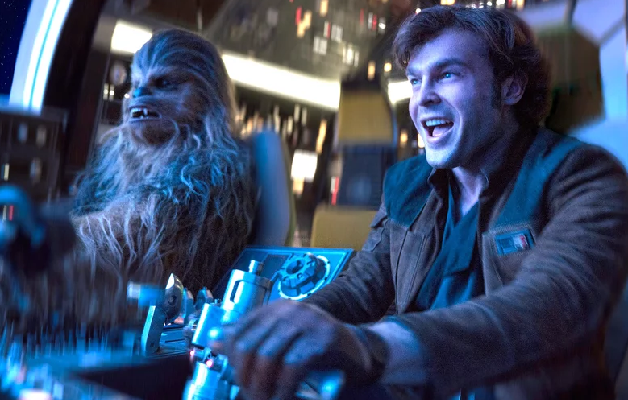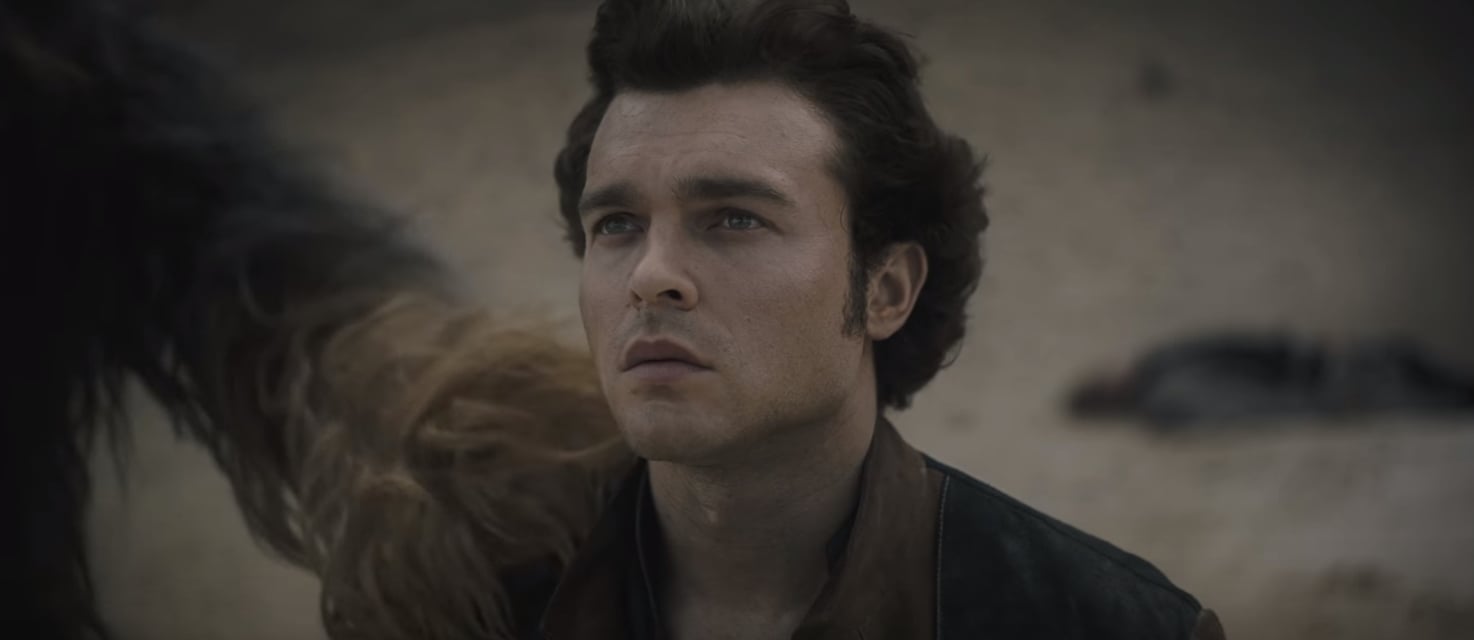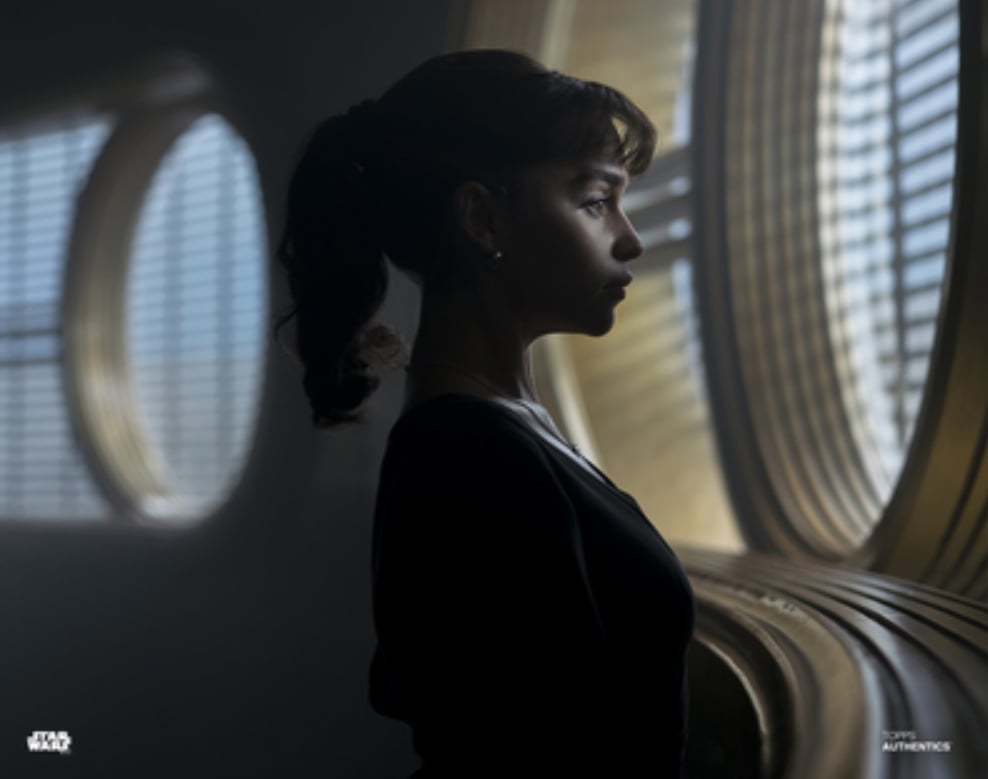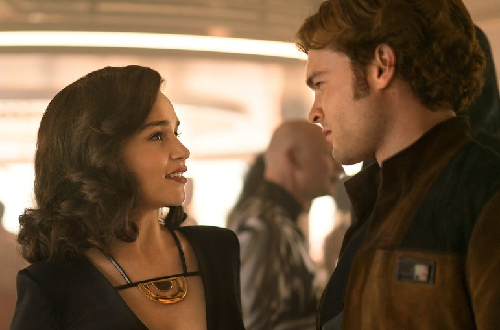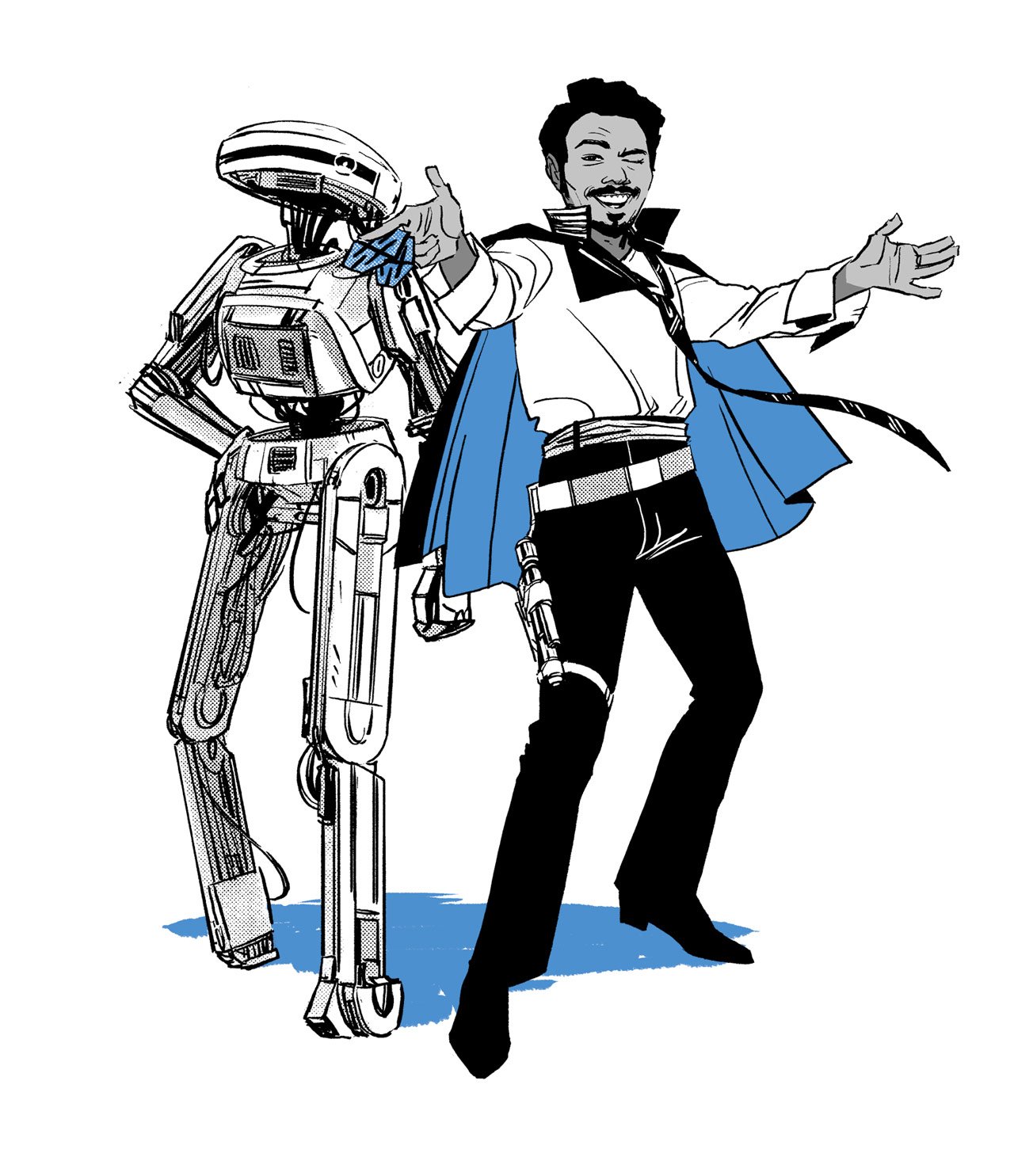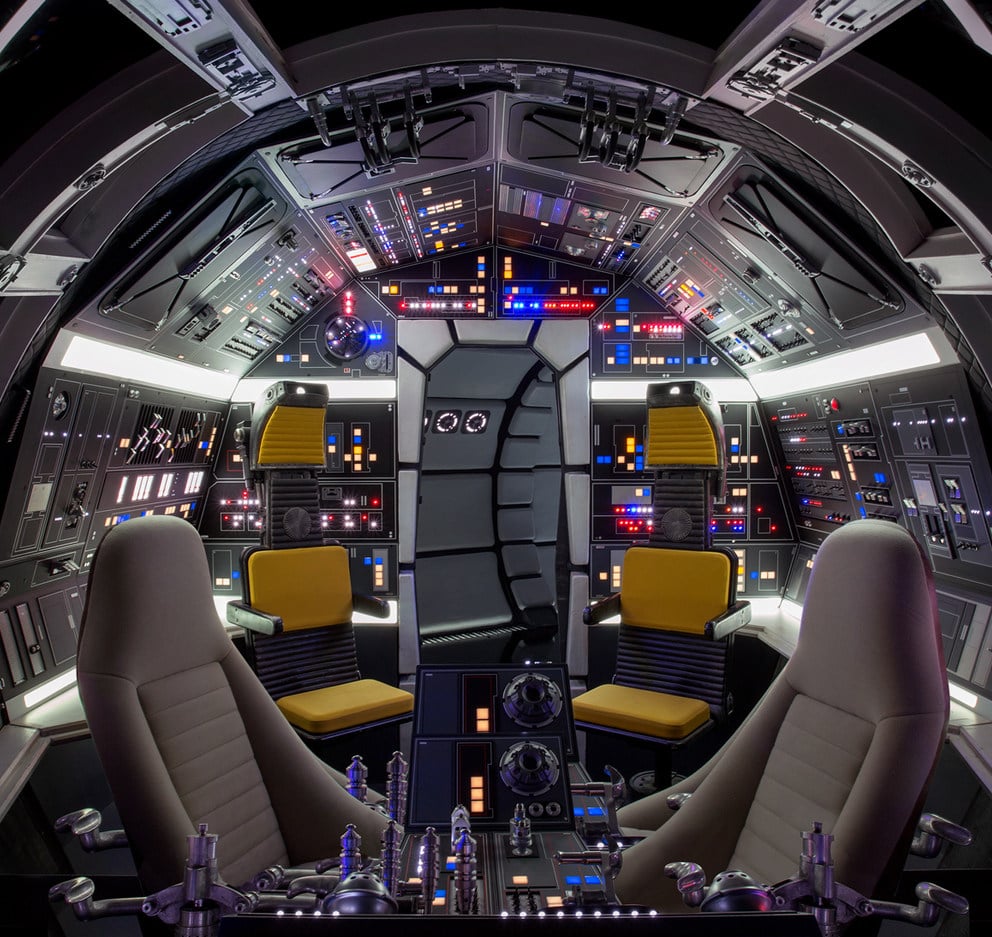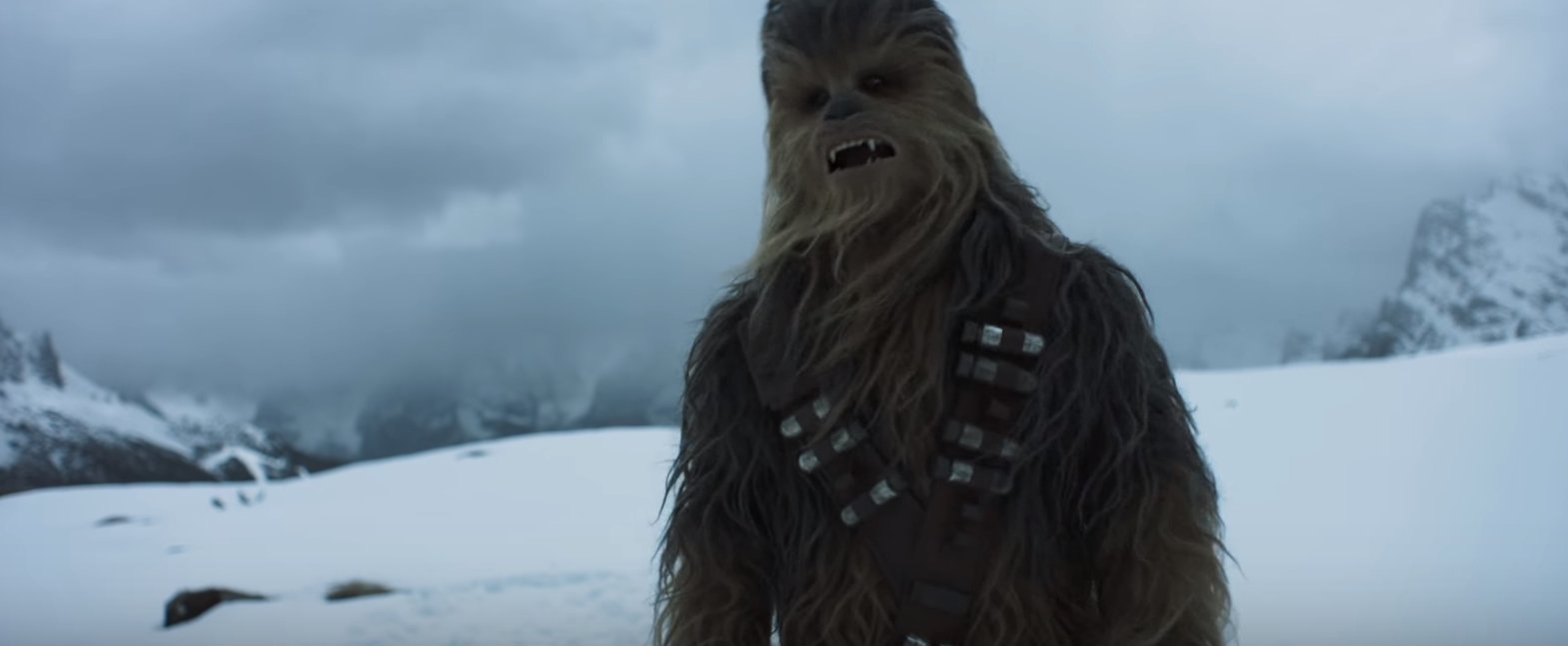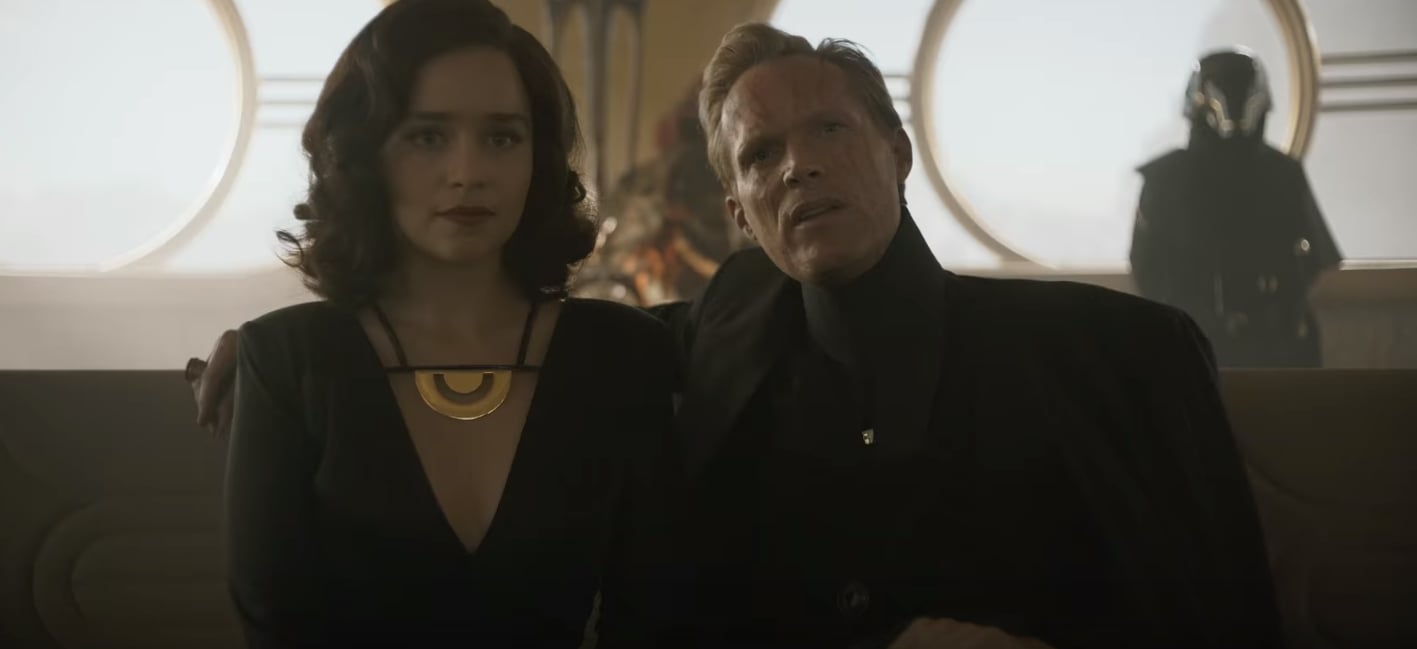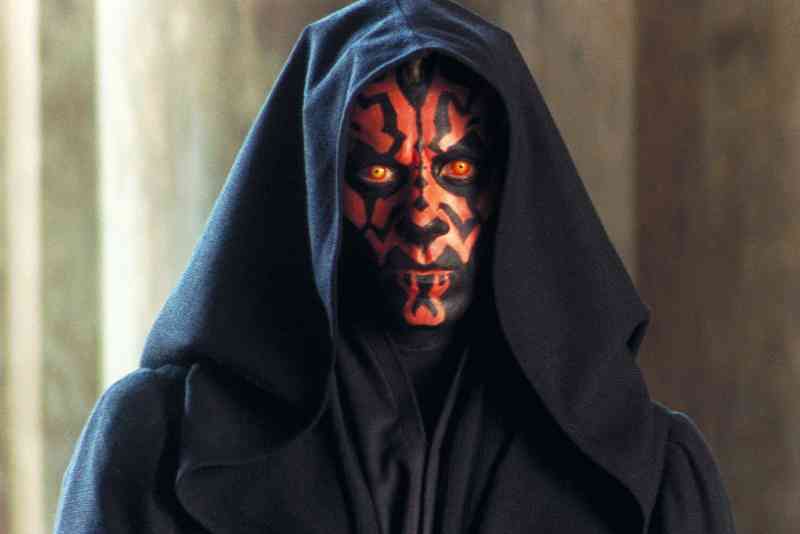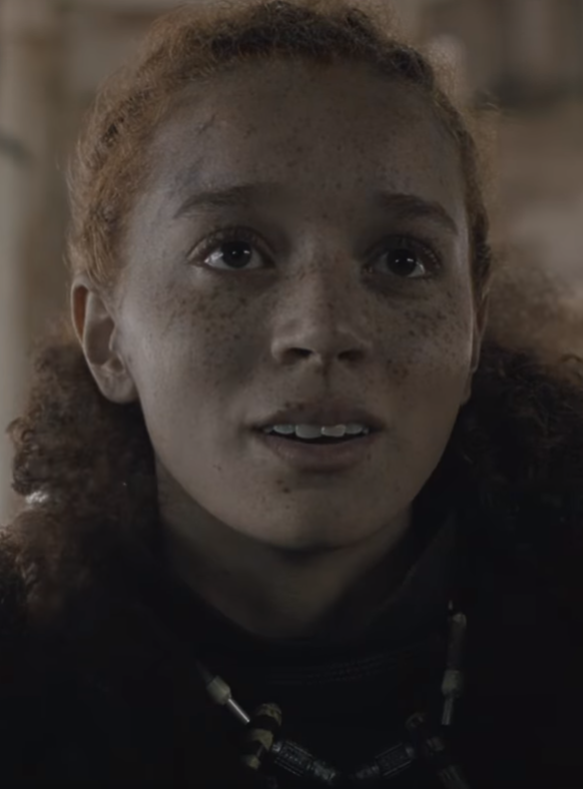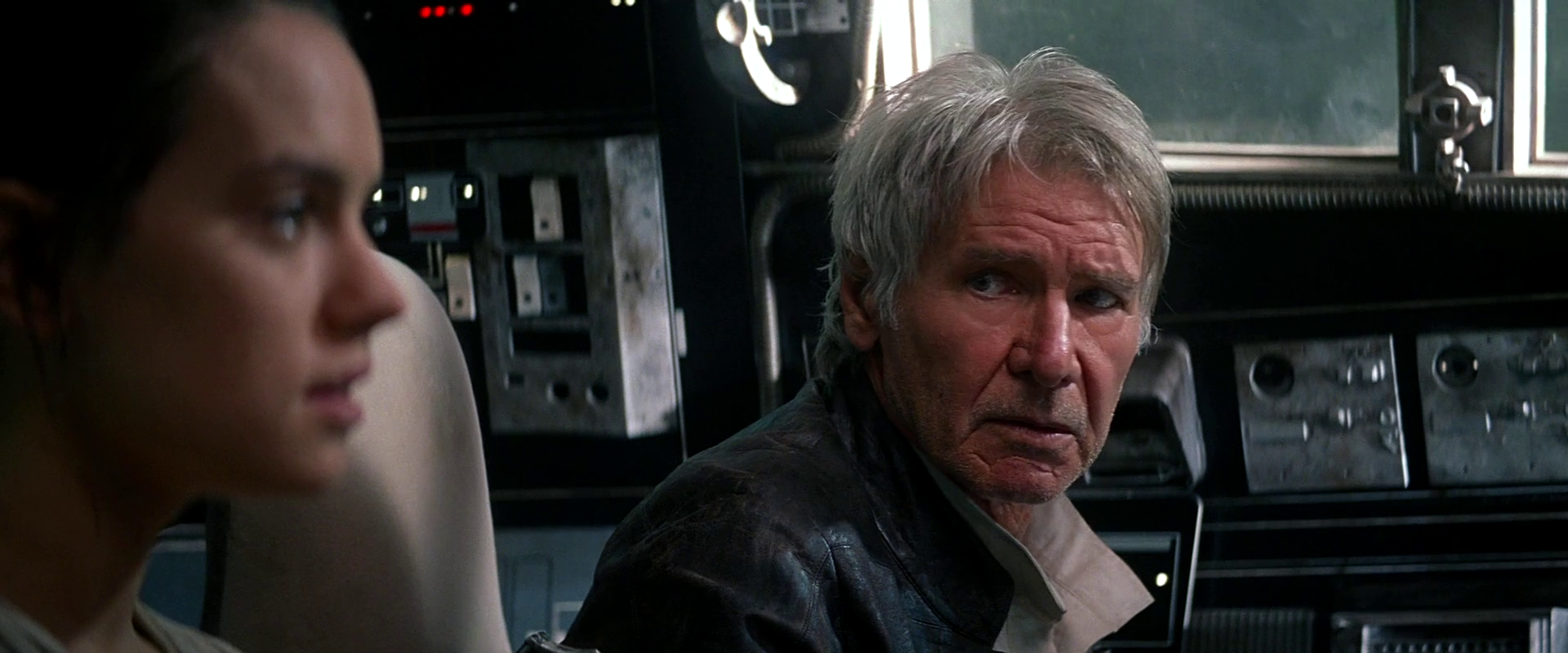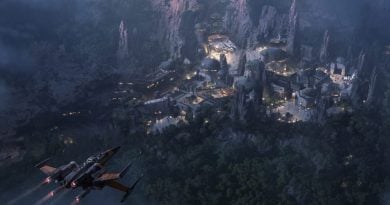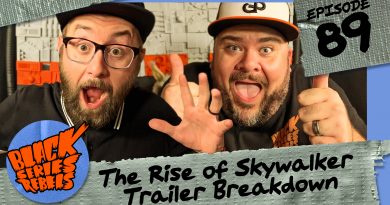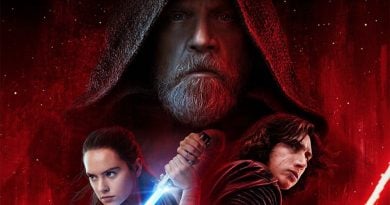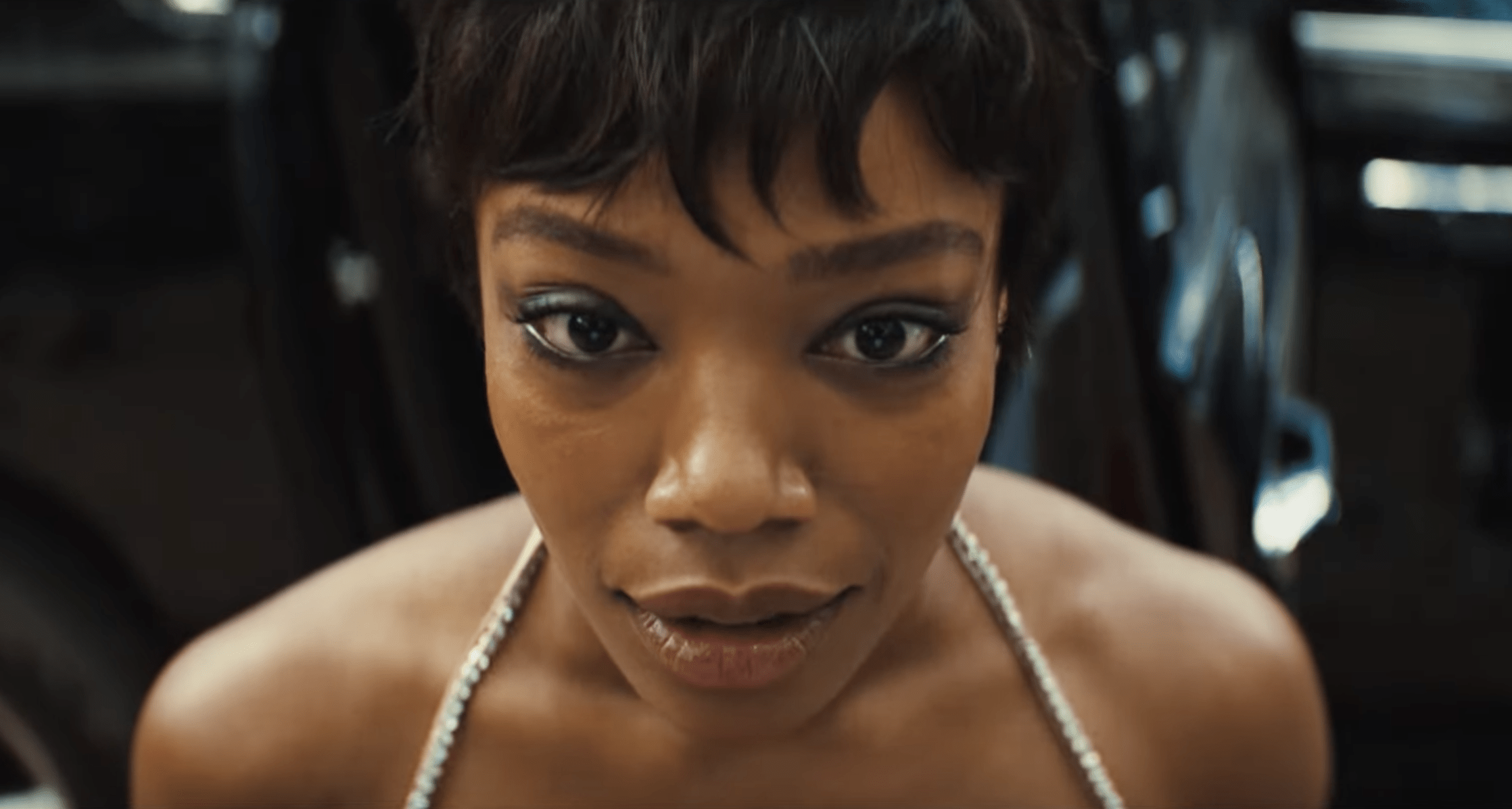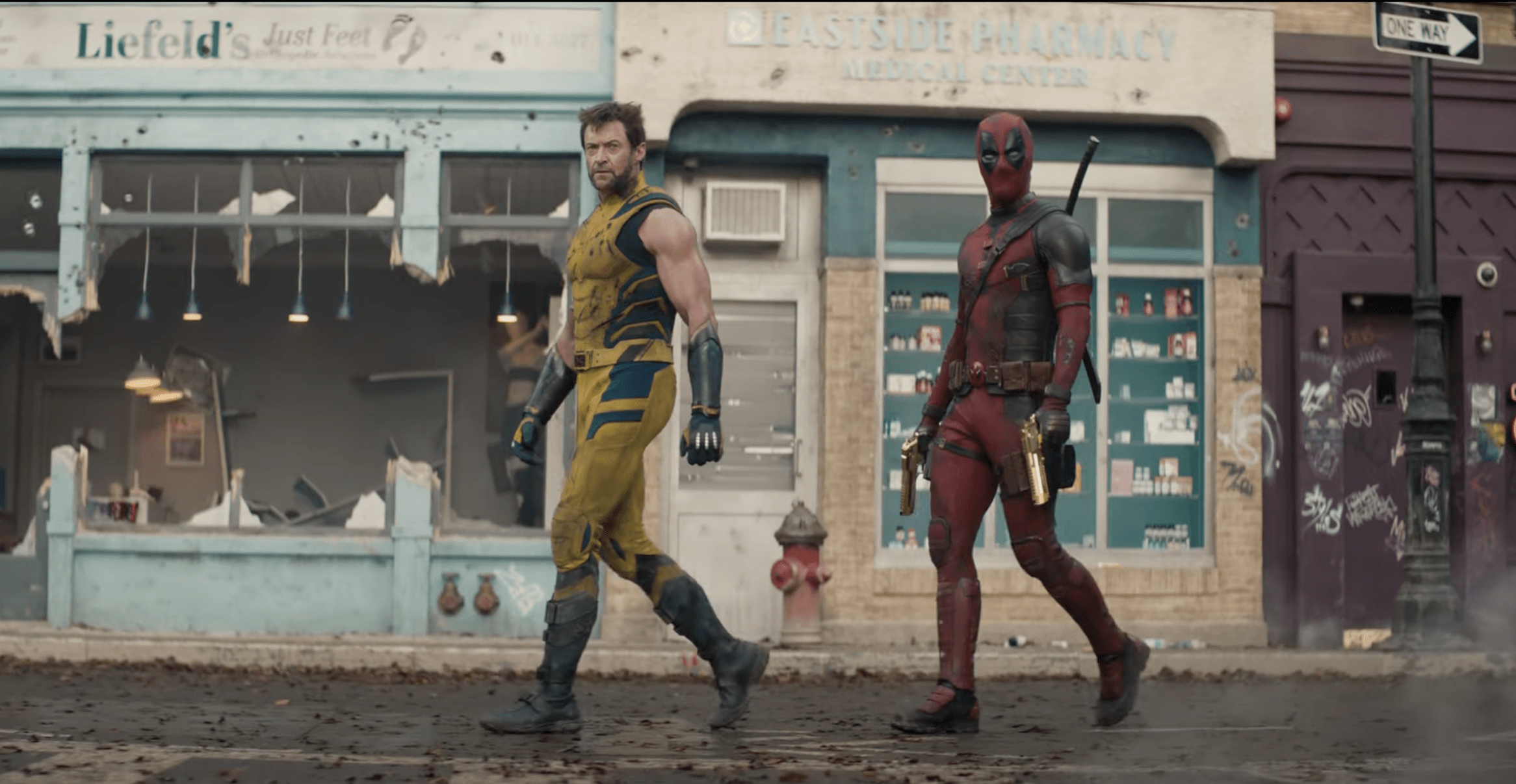Review – Solo: A Star Wars Story – Expanded Edition by Mur Lafferty Is Everything You Loved About The Film And So Much More
Star Wars has come a long way since lines of people snaked across sidewalks outside of theaters in 1977, hoping to get a glimpse of Luke Skywalker or Darth Vader. At times, it’s been a bumpy ride, but we’ve arrived in 2018 in the midst of a third Skywalker trilogy, and for the first time, two-standalone films. I’ve said this ad-nauseam, but just as soon as the Star Wars Universe became smaller, it started to expand again. Now it’s interconnected, and what a character does decades before, you can see ripple effects across films about who this character is and what they stand for. Solo: A Star Wars Story brought us closer to a young Han Solo, as a film. With Mur Lafferty’s expanded edition novelization, I truly feel I will never look at Han Solo the same again. I loved the film, but the novel spoke to and affected me in ways I didn’t expect. This is not a rehash of the film, this adaptation of the story stands entirely on its own.
Before we get into the finer details, I’ll warn this review is going to go deep and there will be spoilers. If you are trying to avoid spoilers but would like to know my opinion: It’s great! This is a wonderful Star Wars novel and Mur Lafferty gives you everything you loved about the film and much, much more. I’d even say people who may have disliked the film should give this a chance. It’s a completely different way of looking at the story. You get into characters’ heads, learn about their pasts, and get much deeper into crucial moments of the film. Lafferty doesn’t skirt over anything, and her writing is so effective and vivid. If you want to know more about Qi’ra, Val, and Enfys Nest…look no further, this is the book for you. It’s a quick read and worth your time.
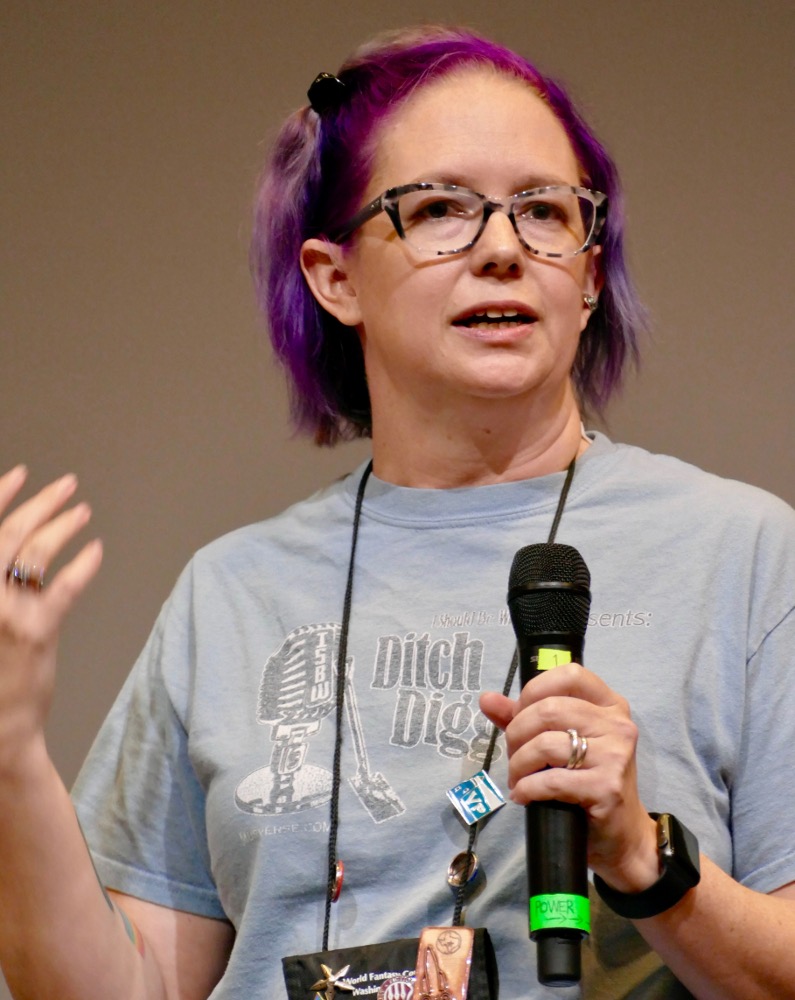
One other non-spoiler thing I will mention is that this is a book you should have on your shelf. I love my Kindle, but Del Rey really went all out on the layout of this book. This is a well crafted hardback book, with a dust jacket that seems to model old pulp-western or crime novels. It’s one of the nicer looking Star Wars books I own and certainly looks good next to my Art of The Last Jedi book as I write this. Each chapter has a nice black-and-white portrait of the Millennium Falcon against a sky of clouds. Also, just like with the older novelizations of the original trilogy, there’s a cool photo-spread bound in the middle of the book.
Del Rey really upped their game on this one. Not that the other Star Wars novels were ugly, this one just stood out. I know you should never judge a book by its cover, but it doesn’t hurt when a great book has a great cover. Solo: A Star Wars Story – Expanded Edition is just as good aesthetically as the pages that fill it.
Now, dear friends, it’s time for those SPOILERS….
Welcome back! I’m going to assume anyone reading this has seen Solo: A Star Wars Story at least once during its theatrical run. I won’t be retreading through the plot, as it is essentially the same. I can’t think of anything this book cut out, and as it’s dubbed Expanded Edition, there’s much more that Mur Lafferty added. If anything that seems reduced, Lafferty was very economical in how she wrote the action scenes so that she could devote more pages to characters and backstory, I assume. That’s my impression, at least. It’s the same great story, just with a lot more added depth. I was honestly surprised how quickly some of the moments in the film I hadn’t thought of came back to me, while at the same time I should acknowledge my memory of the film is a bit murky from my last viewing. Please bear with me, because just like the film, there are Easter eggs flying at you left and right.
The biggest shift in perception this novel caused in my mind was the way I view Han Solo. Despite how much I loved the film, I didn’t walk out of the theater with my opinion of Han Solo fundamentally changed. Solo remained the rogue loner with a heart of gold who finds his place among the heroes of the galaxy after years of misguided adventures in its underworld. After I put this book down, I viewed Han as a tragic figure. Don’t confuse that statement, as I’m not saying he’s a victim, but his death in The Force Awakens became a lot heavier. We learn a little more about Han’s past: his father abandoned him. Whenever the prospect of family or belonging presents itself to Han in this book, there’s much trepidation on his part because of the abandonment that haunts him. All Han’s known as a child is to survive. Han doesn’t even know his real last name.
The brutality of being bound to Lady Proxima’s ring of child slaves on Corellia is not glossed over at all by Lafferty. Han’s very aware that the only reason he is still alive is because he’s been able to keep Proxima and her band of thugs sated with whatever he can scrounge from the dark corners of Corellia. On one hand he’s a survivor, but Han doesn’t seem to dwell on that. What Han is focused on is how he can get out of this life, because he knows there is more out there for him in the galaxy. It’s remarkable that someone inundated with bondage from their childhood has not given up on a chance of escape. The opportunity presents itself in the beginning of the story, when Han lifts a vial of coaxium from a sabacc game – a scene that takes place right before the opening of the film, which we didn’t see onscreen.
To Han’s credit, he has a clear sense of right and wrong. Where we get into the grey area of moral ambiguity is when he is doing something wrong for what he believes to be the greater good. Lafferty does a great job at chiseling away the nebulous morality as the novel moves on. By the end of the book, when Han’s presented with the opportunity to give the coaxium to Enfys Nest and her people, he doesn’t even question it. Han’s not going to join the seeds of the rebellion at this point, but he’s certainly not going to sell out a group of freedom fighters who are rising up against the oppression of Crimson Dawn and the Empire. We see throughout the novel, whether its in Han’s reflections or interactions, why Qi’ra says with such certainty Han is “one of the good guys”.
While Han has had the opportunity to grow and find his way on his own terms by the time he meets Beckett and company on Mimban, Qi’ra’s fate has been bound to bondage more than we see in the film. Qi’ra is a survivor and she has had to fight for everything she has. Her story is much darker than Han’s. There are certainly parallels between the two, but Qi’ra never got a chance for freedom like Han did. We learn that she was pretty high-up in Lady Proxima’s network of White Worms (the name of the child slave ring). At one point, during the interrogation of Han by Lady Proxima, Qi’ra actually considers abandoning Han and escaping with the coaxium herself. Qi’ra feels loyalty to Han, but she seems to resent the fact that she feels it because she doesn’t want to be responsible for anyone but herself. If I had to sum up Qi’ra with one word: survivor.
If you were wondering what happened to Qi’ra between Han’s thwarted escape plan and when we meet her on Dryden Vos’ yacht years later, it’s detailed and just as awful as one would imagine. She’s returned to Lady Proxima, who considers her a liability after the escape attempt, so she is sold to a slaver. We don’t get specific details about what the slaver did to her, but all the dark possibilities are not dismissed. From the slaver, she is sold to Dryden Vos. Make no mistake, Dryden brutalizes Qi’ra before making her his second-in-command, but Qi’ra doesn’t take any of it. She kills multiple guards and her ambition to escape strikes Dryden as someone who could be useful. The descriptions of how he torments her, both physically and mentally, are pretty unrestrained, so beware that it’s not lite stuff. I’m not surprised this material didn’t make it into the film, as it’s quite stomach turning. Eventually, Dryden’s control of Qi’ra becomes the luxury and power he doses out to her, as she acknowledges her role in Crimson Dawn is not something she can walk away from, and probably wouldn’t want to. Qi’ra is patient and we learn she is biding her time and never taking her eyes off of her real goal: to kill Dryden.
Qi’ra is presented as someone who could be perceived as anchored to these two men, Dryden and Han, but that is absolutely not true. Her subservience to Dryden is something Qi’ra has deemed necessary for as long as she needs to, but she is ready to strike when she can. The climax on Dryden’s yacht is the culmination of years of physical and mental assault that Qi’ra has been waiting to end herself – and she does. She doesn’t wait for the terms of her situation to change, she makes the change and does what she needs to do to survive. We learn she’s killed guards and other victims as a way to gain favor with Dryden, and Qi’ra locks away the grief and horror of such things as ammunition to use against her oppressor. Han has a hold on her that’s much different: she feels sympathy for him and his idealism about a life of freedom in the galaxy. Qi’ra never got to taste freedom the way Han did and she regards the notion as an illusion. We all answer to someone. It’s almost as if Qi’ra feels the need to protect Han from his own naivety. Make no mistake, when Qi’ra takes control of Crimson Dawn, this is for her and the victory of the terrible circumstances that brought her into the organization; but, I can’t help but think she’s leaving Han as a way to shield him from finding out who she is and her reality. Qi’ra is a survivor and a loner. Her last name could also be appropriately Solo.
Though there isn’t a lot of backstory added to Lando Calrissian, we do get a lot more depth to his relationship with Elthree. Lando is the person who freed Elthree from bondage by removing her restraining bolt. We learn just how terrible a restraining bolt can be for a sentient droid, though I get the sense there are varying degrees of restraining bolts, as I doubt Artoo experienced anything as oppressive when he was fitted with one on the Lars family farm. The two of them have a bond as strong as Chewbacca and Han (we’ll get to that in a minute), where Elthree is compelled to ensure other droids have the same experiences as she’s come to know. I know her fanaticism comes off as comical in the film, but in these pages, Lafferty’s passages about Elthree’s feelings are done very respectfully and the droid plight is a very real one. Droids are getting their due service in the grand scheme of the canon and I love that they have a cause of their own.
One of my favorite scenes in this novelization is a long conversation between Qi’ra and Elthree about the things they’ve been through and the two men they are fond of, but who ultimately do not understand them. The jumps between their thought and dialogue are well crafted by Lafferty. You’ll laugh, roll your eyes, and be very touched by what these two have to say. This is a scene I would have loved to see onscreen, but it plays out perfectly. You’ll know it when you get to it. It’s great!
Elthree’s destruction on Kessel is just as heavy as the other deaths depicted. Lando truly feels lost without his longtime friend by his side, calling him out or helping him out. The added content with Elthree’s fate once her programming is added to the Falcon‘s is fascinating. There are several pages devoted to what it’s like for her mind to enter the computer network of the Falcon. At first she is very resistant to the idea of being a glorified navigational computer, but the Falcon convinces her that once her programming is fused into the computer core, she and the ship will both become something bigger than themselves. That’s right, the Millennium Falcon kind of has a mind of it’s own, and the interactions between it and Elthree are fascinating. When she agrees to become a permanent part of the Millennium Falcon, the two join and it’s acknowledged they have both evolved. These pages could have easily become dull technobabble, but Lafferty writes them with such eloquence I felt like I was getting my first insight into droid existentialism. I don’t think anyone who reads these pages will look at the Millennium Falcon the same way again. It certainly gives new meaning to Threepio’s difficulty communicating with the Falcon in The Empire Strikes Back.
I’ve been pretty vocal about my biggest problem with Solo being that Val was killed off very early on in the film, so I won’t go on a rant about that here. In relation to that, I found the character of Beckett to be very dull and one-dimensional, considering he is implied to be a very influential role in the person Han Solo came to be. My feelings about Beckett haven’t changed much, though I will say he’s a hell of a lot more interesting in this novel than the film or the one-shot comic that was recently released. The reason being: Val.
We learn that Val and Beckett were essentially married and this coaxium heist was REALLY supposed to be their last job, though Val has her doubts about Beckett’s intentions to settle down. Val is from a planet called Solarine, which has only popped up briefly in The Clone Wars. Right before she dies, she recalls one of the many times she’s had to save Beckett, this time from a queen that claimed him as her husband and abducted him. Val traveled to the distant kingdom and actually fought the queen’s warriors to free Beckett. I’d say that’s another bullet point of why this character should not have been killed, and why we need many more Val stories. Though her death bummed me out, in this story, it adds a lot of gravity to Beckett’s situation. He’s grieving Val throughout the entire story and she frequently pops into his head. To me, Val’s death was treated with much more respect in this novel and it really affects Beckett’s reactions throughout the events that unfold after the failed heist. I think what bothered me the most about Val’s premature departure was the lack of resonance it had in the rest of the film. At the very least, the memory of Val looms over Beckett and is respectful of an amazing character I’m sure we will learn more about in future Star Wars stories.
It can’t be easy writing a character whose only means of communication are growls and grunts that only a couple other characters in the story can understand. I wouldn’t be jealous of any writer that had to undertake that. As someone who is not Chewbacca’s number one fan, I was very impressed with Lafferty’s ability to convey his thoughts and emotions. It would be an understatement to say Chewbacca has been dealt a rough hand in a galaxy far, far away. Lafferty’s writing really underscores his trauma and how finding a friend like Han gives the Wookiee a renewed sense of hope in humankind. From his perspective, he’s always seen humans as conquerors and captors. And Lafferty does clear up a point of confusion and angst for many fans: Chewbacca was not eating prisoners before Han was tossed in the pit with him. The bones you see are from scraps of raw meat the Imperial officers fed him, but they grew bored, and wanted to see Chewbacca murder and feast upon a prisoner. When Han met him, Chewie had essentially been on a hunger strike.
Chewbacca and the Wookiee species are portrayed as the altruistic beings of a lawless and unforgiving galaxy. Chewie stays with Han at the end of the story because he believes he can make the young man a better person and that the current state of the galaxy will not allow him to free his people. Chewbacca very badly wants to return home to Kashyyyk, but he feels if he can do some good in the universe, that day will eventually come and he might as well do the best he can while he waits for it. You won’t ever hear me say another bad thing about Chewbacca. Also, there is a great scene aboard the Falcon where Lando tries to help Chewie get the rest to the grime from his undercoat out. Chewie ends up using all of Lando’s very expensive shampoo and clogging up the shower in the Millennium Falcon. It sounds very silly, but is hilarious when you read it, and I’m hoping they actually filmed it and we might see it in the deleted scenes of the Blu-Ray.
Dryden Vos is a very, very bad dude. He might look like the charming Paul Bettany on the outside, but he is just as vile and despicable as Jabba the Hutt. They share the same proclivities of human bondage, humiliation, and savage tactics used against their enemies. As mentioned earlier, Dryden took a special interest in Qi’ra when he purchased her from a slaver after her time in Lady Proxima’s grip. He beat her, deprived her, and tried to strip away any part of her person that would not bend to his will. In his mind, he was doing her a favor. Dryden regards the torture as a way to vanquish any weakness so that he could build Qi’ra up with raw strength of survival as the foundation. This was not justification for his cruel methods, because it’s clear Dryden is beyond needing justification for any of the havoc he wreaks on his victims. Dryden embodies the malice of Crimson Dawn, but we also learn that he’s been taught more than barbarism from a certain former Sith Lord.
The most interesting addition to Dryden is what’s implied in his relationship with Darth Maul. Dryden wasn’t just an underling of Maul in Crimson Dawn, he was Maul’s student. Put the breaks on before you assume Maul was training him in the dark side of the Force, as it’s suggested that no one in this novel is Force-sensitive (except Maul, obviously). No, Maul trained Dryden Vos in the fighting arts of Teräs Käsi, which is a form of defense non-Force users can employ to defend against Jedi or Sith. This is definitely a deep-cut and you can go down the Wookiepedia rabbit hole if you want to know more, but it’s implied that it’s one of the reasons Dryden is so deadly. Dryden passed on his knowledge of this combat style to Qi’ra, and that it is also a training tool that heightens a non-Force user’s senses. Qi’ra senses the creature in the Maelstrom on the Kessel Run before anyone else on the Falcon, and credits her training (NOTE: Lafferty clearly states Qi’ra is NOT Force-sensitive). It’s interesting that Teräs Käsi, which is both canon and Legends, is being reintroduced like this. Keep your eyes out for more of it in the future and the potential for this to be retconned into past Star Wars stories.
As for THAT cameo, it is confirmed that Qi’ra has no idea who Maul is and her contact with him on the yacht is the first time she’s ever seen him. This was something I was unsure of and I’ve seen a lot of fans speculate on. Lafferty does a great job of confirming it, but also adds that Qi’ra believes he is a Sith Lord or some type of fallen Jedi when he ignites his lightsaber at the end of their conversation. It’s a moment where she realizes why Dryden was so terrified of Maul and comes to terms with the fact she will be the one dealing with him going forward. I’m confident we will be getting more Qi’ra stories, and I think it’s certain they will involve her time with Darth Maul. Lafferty balances his reveal perfectly as we see it entirely through Qi’ra’s eyes and how it will affect her reality. I really appreciated that and that it didn’t go into too much detail, just enough to elaborate Qi’ra’s perceptions.
I wanted to save the best for last: Enfys Nest. That’s the character my mind went to when I first got this book in my hands. And I no longer think of Enfys Nest as this masked marauder. I think of her with Erin Kellyman’s powerful performance and look of hope, coupled with strength, in the confidence good can stand up to evil and oppression. Fans have spoken and Enfys Nest is here to stay. It’s pretty obvious Lafferty is a fan as well, and I was grateful for every scene dedicated to Enfys. She knows there is a war coming in the galaxy, though to her the frontlines have her pitted against Crimson Dawn, Enfys is ready to take on the whole galaxy. Her wisdom is beyond her years and if anything, you’re going to NEED more Enfys Nest after reading this novel.
Also, there is an epilogue we need to talk about. After the story ends in the same place as it does in the film, we are taken to a rendezvous where Enfys is delivering the coaxium she’s obtained to Saw Gerrera. Enfys is skeptical of Saw and suggests he be very careful with how he use what she’s giving him. We can see that even very early on in the rebellion, people were wary of Saw’s methods. Saw has his own reasons and reassures Enfys that whatever he does will be for a greater good. The interaction is interesting, but what will really get those emotions and goosebumps cooking is when Enfys meets the young girl Saw has taken as a protege. Meet eleven-year-old Jyn Erso, who not-so-long ago lost her parents to the Empire and is now finding her way in the galaxy torn apart by oppressors and those oppressed. Enfys has one piece of advice for young Jyn: “They are going to underestimate you. Make them regret it.” Jyn understands immediately, as she whispers the advice back to Enfys as soon as she’s walking into a meeting to discuss tactics they can use against the Empire. Enfys looks at young Jyn and feels something: hope.
I mentioned in my introduction that the Star Wars Universe continues to expand, while these stories form a network of emotions and memories for me. As I read through this story about Han Solo and these events that helped shape him, my mind kept going back to this moment in The Force Awakens. This is a moment that I never forgot. It’s so brief, but so powerful. The sympathy, sadness, and regret in an old man’s eyes as he sees a young person starting their journey into a galaxy filled with peril and wonder. I can’t help but think Han thought of the love, loss, and life Rey was about to experience as they set out to help the Resistance. There’s no way to beat around what I’m trying to say, so I’ll just say it: Rey reminds me an awful lot of young Han and Qi’ra. I’m not trying to imply parentage because I don’t think Rey’s heritage is terribly important to her story moving forward (TO MAKE MYSELF ABUNDANTLY CLEAR: not at all saying they are her parents and I DO NOT BELIEVE THAT). What I’m trying to say is that I was touched by Han no doubt seeing himself and his first love, Qi’ra, in Rey. The fact that both these stories come from Lawrence Kasdan makes me think he very much had echoes of Qi’ra, Rey, and Han in his head as he wrote the characters. We often focus on the extraordinary abilities of characters in Star Wars, but writing as powerful as Mur Lafferty’s reminds us these stories are at their best when they slow down and show us what came before is just as important as what will follow.
Mur Lafferty has given us the best adaptation of a Star Wars film yet. This is easily my favorite of the adaptations and now one of my favorite Star Wars books out there. Let’s all hope Lafferty is open to writing more stories as she had no trouble navigating through this universe. Not only is it a great read, you won’t believe how fast you go through these pages. I finished it in less than twenty-four hours and I wasn’t even speed reading. Her syntax is perfect and I recommend making a big bowl of popcorn when you sit down to read this. Sit down, relax, let your problems go away, and be prepared to be transported to a galaxy far, far away. This is a great piece of Star Wars storytelling and very much worth your time.
RATING: 9/10
Solo: A Star Wars Story – Expanded Edition is available at your local bookstore and online retailers. Special thank you to Del Rey Books for the advanced copy provided for this review.
Kyle Larson lives in Portland, Oregon. When he's not running trails, he's reading and writing.

